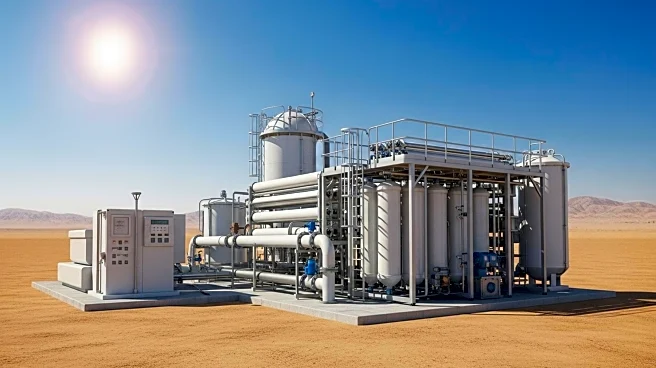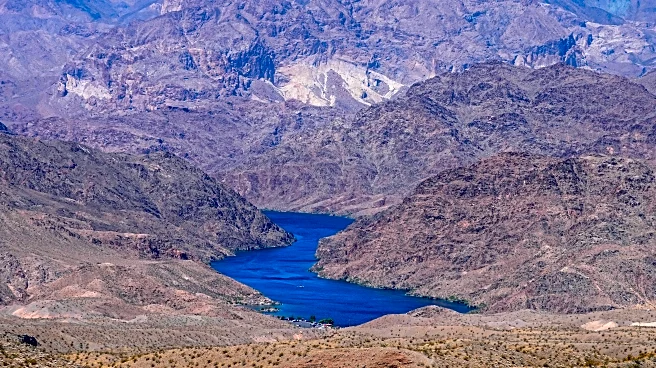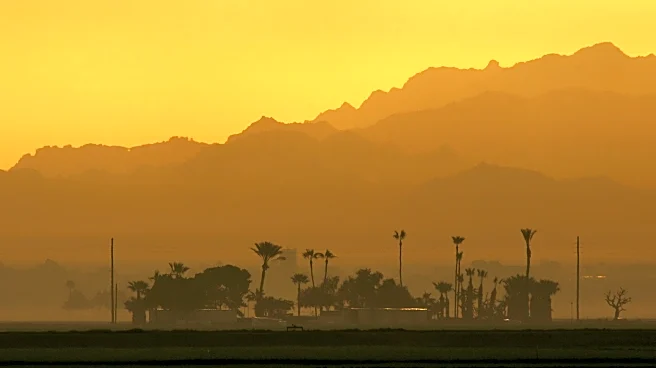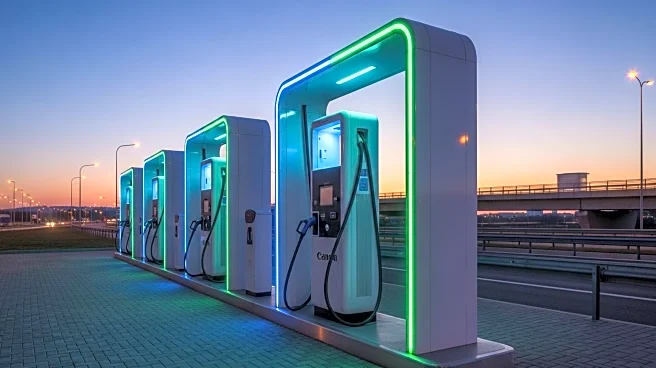What is the story about?
What's Happening?
Arizona's Water Infrastructure Finance Authority (WIFA) is reviewing six proposals aimed at expanding the state's water supply due to ongoing shortages from the Colorado River. The proposals include options for seawater desalination, surface water, wastewater reclamation, and other new sources. Among the submissions, three focus on desalination, with plans to transport water from the Sea of Cortez to central Arizona. Arizona lawmakers initially approved $1 billion for water augmentation projects, but only $333 million was deposited into the fund in 2022, with the current balance at $376 million. WIFA aims to secure between 100,000 and 500,000 acre-feet of new water within the next 5-15 years, with long-term demand projected at 1.5 million acre-feet by 2060.
Why It's Important?
Arizona's exploration of desalination and new water sources is critical in addressing the state's water scarcity issues, which have been exacerbated by Colorado River shortages. The success of these projects could significantly impact Arizona's water security and sustainability, providing a reliable supply for agricultural, industrial, and residential needs. The initiative reflects a broader trend of states seeking innovative solutions to water scarcity, which could influence national water policy and resource management strategies. The potential involvement of international expertise in desalination underscores the global nature of water challenges and the need for collaborative solutions.
What's Next?
WIFA staff will evaluate the proposals and recommend which should proceed to feasibility studies, with final selections expected by the end of 2025. The outcome of these evaluations will determine the direction of Arizona's water augmentation efforts and the feasibility of implementing large-scale desalination projects. Stakeholders, including government agencies, environmental groups, and local communities, will likely engage in discussions about the implications and logistics of these projects. The decisions made could set precedents for other states facing similar water scarcity challenges.
AI Generated Content
Do you find this article useful?














